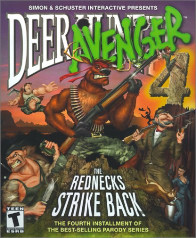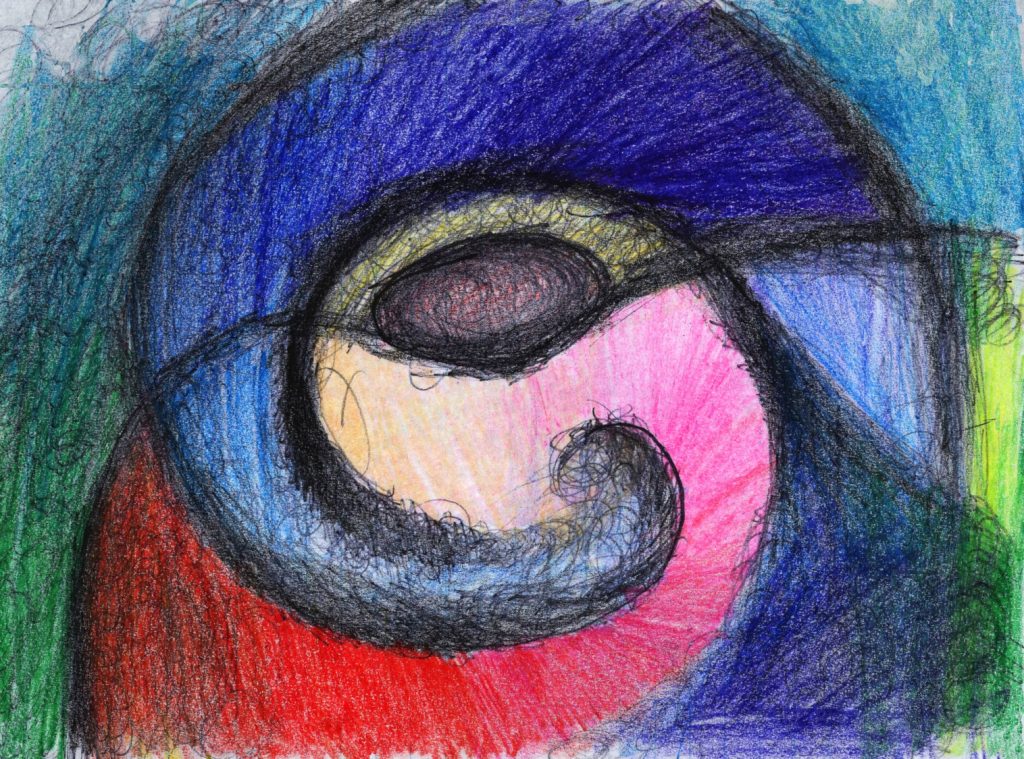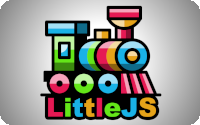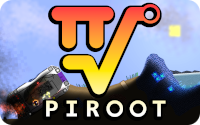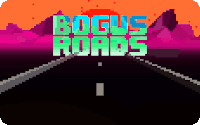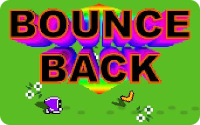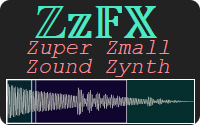I was born in the city of Philadelphia and we moved to a suburb while still in elementary school. I lived with my parents and younger siblings, two brothers and a sister. From as early as I can remember I was interested in art and my parents did their best to encourage my creativity. Though money was always difficult in my family, they made sure I had plenty of art supplies and even sent me to special classes at the Philadelphia Art Institute.

One day in the late 80s my dad brought home a family computer. I’m not sure how he managed to afford it but it gave us a major jump start on the computer era. The only problem was that no one in our family knew how to use it! So we relied on Roger, a friend of dad’s, to show us how to use our computer, fix it when it was broken, and keep us up to date with all the best games. He even set up Visual Basic which is how I made some of my first programs. It was a sad day when he passed away from lung cancer, because without his help I might never have become a programmer. It’s amazing the impact someone’s kindness can make on your life without them knowing it.
I was really into drawing comic books in high school and even considered going to art school. Around that same time, I purchased a TI-82 graphing calculator, and stayed up late the first night I had it to read the entire manual. It included a basic programming language, and I was instantly hooked on creating games. I produced clones of some of my favorites like Tetris, Breakout, Snake, Space Invaders, but my most epic creation was “Road Kill Dave”, an original adventure game that used nearly all of the calculator’s memory. In school, I often got in trouble for not paying attention while focused on my TI-82. I also wrote a programming column for the TI Graphing Calculator Magazine on a new thing called the Internet. That’s when I realized that I wanted to pursue video game development as a career.
Instead of art school, I studied computer science at Rochester Institute of Technology. Following my dream of being a game developer, I steered my courses in that direction by focusing on physics and math while taking as many art classes as possible. My college required a full year of co-op work to graduate, a program where students work at actual jobs in their field. The first six months of my co-op were spent doing web development, which was a good start, but what I really needed was experience creating games. So I applied to just about every video game studio in the country, determined to break into the industry. I only heard back from a few, but eventually landed a job at Hypnotix, a small game studio in New Jersey. Thankfully this was only a two hour drive from my parents house, but I still remember scraping up every bit of change I could find to pay for gas to travel there.
At first I didn’t have a local apartment so I drove the two hour commute each day. It was only my third day when an epic blizzard rolled through and I had to find the cheapest room possible. I almost slept in my car but the lady working the motel desk convinced me to stay for half price. After a few weeks I settled into a cheap studio apartment and it ended up being a great place to start my career. My first game credit was for programming Deer Avenger 4, a third person shooter game. I also contributed graphics effects for Outlaw Golf and Outlaw Volleyball such as particle effects system and solar lens flare. I was working there during the 9/11 tragedy. The entire company watched it together in the conference room, close enough to New York to see plumes of smoke rising in the distance. I ended up staying there for several months past my co-op end date but eventually had to go back to finish up college.
After earning my degree, I was fortunate enough to land a job at Midway Games in Chicago. There, I had the opportunity to contribute to Psi-Ops, a beloved cult classic for the PS2 and Xbox. Following that, I worked on Red Faction: Guerrilla at Volition before moving to Austin to work at LightBox, Certain Affinity, and Rooster Teeth Games. Throughout my career, I learned a lot and had an amazing time but also experienced some serious long hours, layoffs, and project cancellations. I quit my job more than once when I was overwhelmed by social anxiety and depression. It hasn’t been easy but I’m beyond grateful for the opportunities and luck that have led me to where I am today. I tried to make the most of my time by producing many side projects, including a realistic bonsai tree sim, a suite of screensavers, and numerous game jams. Before Unity and UE4 were around, I wrote my own game engine from scratch that I used for most of these endeavors.
When I was battling depression and malaise in 2008, my interest in art was awakened as I discovered nonrepresentational abstract art. I started studying modern art history and read books by my new favorite artists, for example, Kandinsky and Klee. During that time, I created a large body of physical work and honed my artistic skills by filling up sketch books. I also experimented with different mediums like clay, layered tape, and melted crayon, but my favorite was black sharpie and acrylic paint. Eventually, my attention got diverted back to video games and digital art but I still look back on the work I produced then for inspiration.
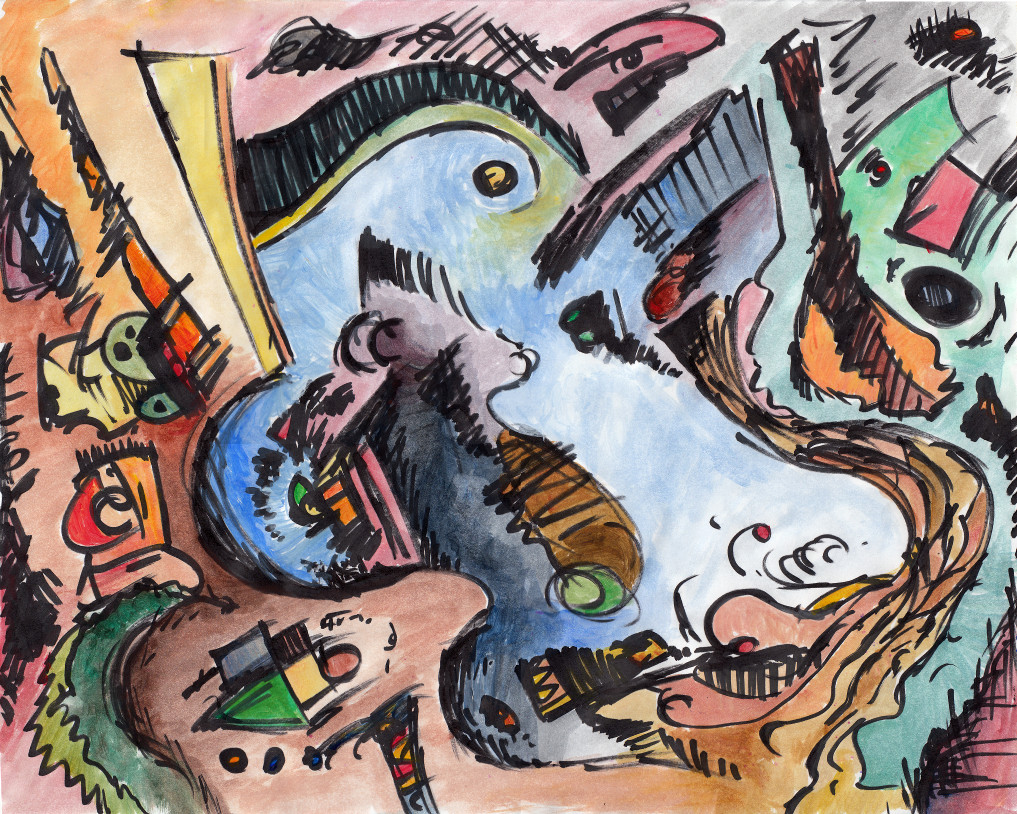
Though I was unaware of it at the time, I had been creating generative art throughout my programming career. By working on things like visual effects and interactive simulations, it’s been some of my main contributions to the games I worked on. It wasn’t until recently when I discovered the joy of writing tiny programs that I fully embraced generative art. After working on monolithic projects, it felt liberating to focus on something small enough to hold the entire program in my mind. These programs have a truly magical quality to them, and I hope my work inspires others to achieve more with less.
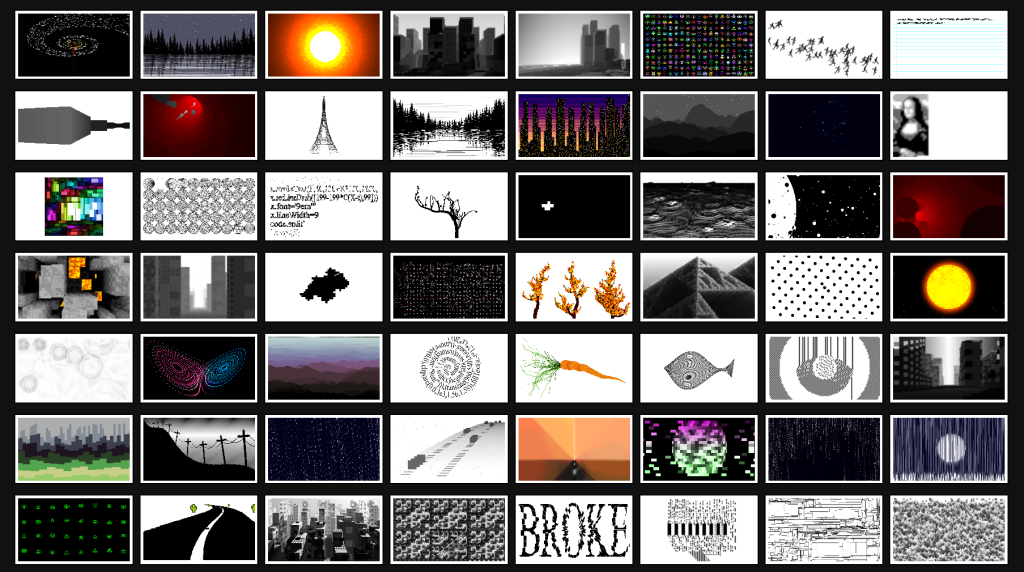
I reworked one of those tiny programs into the Dual Axis Illusion, which I submitted on a whim and ended up winning Best Optical Illusion of the Year. It just goes to show, sometimes it’s worth trying something even if you don’t expect to succeed. Life is full of surprises!
My interest has recently shifted to long-form generative art projects. After struggling to get noticed in the primordial NFT space, I became an early adopter of fxhash and went on to release some of my best work early in its history. The platform has allowed me to explore a wide range of styles and concepts, as well as push my art forward with new techniques.
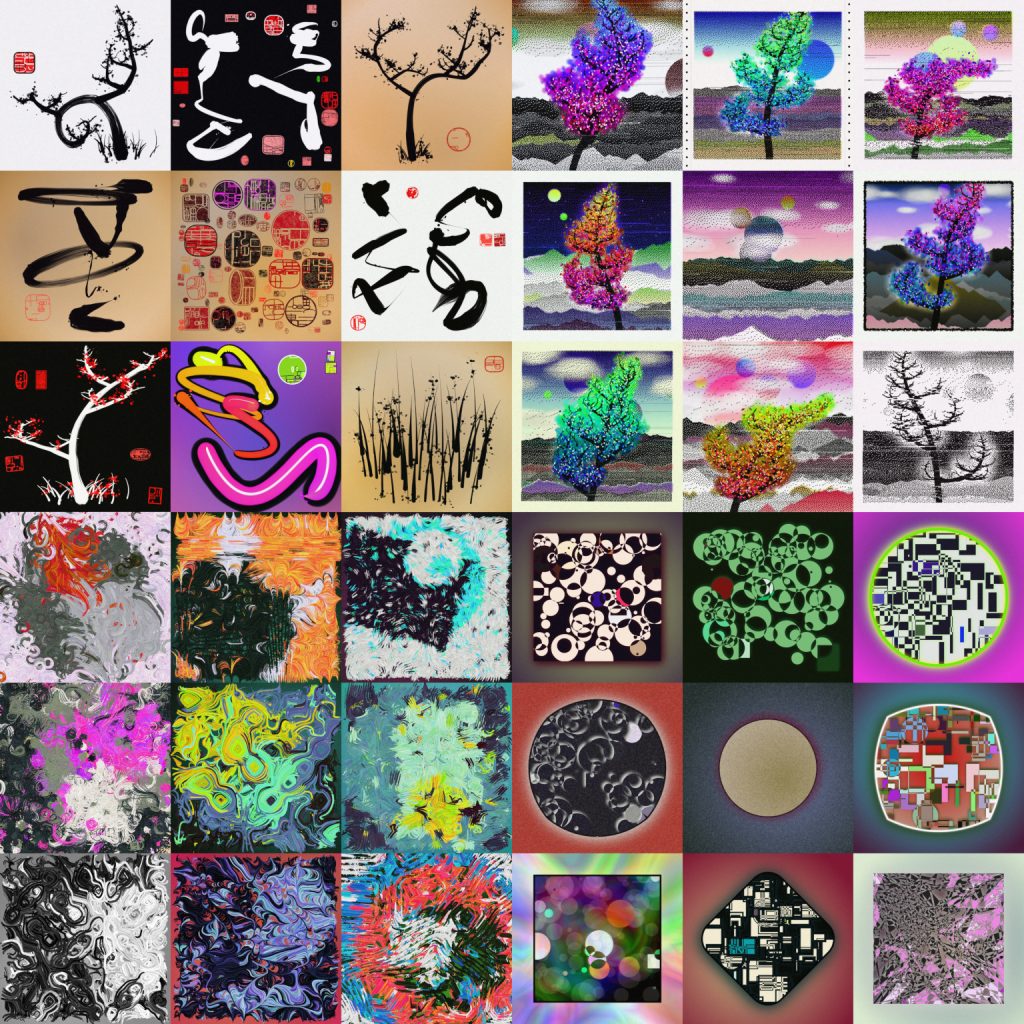
In addition to creating art, I love playing guitar, gardening, gaming, and most importantly, cooking. My mother, who attended chef school and worked in restaurants while I was growing up, gave me the majority of my culinary knowledge. Every day I spend a few minutes learning Italian and plan to visit Italy with my wife soon to eat way too much food.
That’s only the beginning of my story. What’s next? Let’s find out together as we continue this generative art adventure!



